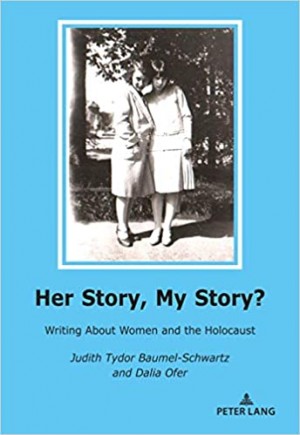To examine the experience of the Holocaust, this book explores the bonds between mother and daughter as described in the daughters’ memoirs. Clementi analyzes six mother-daughter pairs, each one representing a different trajectory: “dying in Auschwitz with the mother; witnessing the mother’s death in Auschwitz; surviving Auschwitz with the mother; surviving in hiding with the mother; surviving by being sent abroad as refugees (and never being reunited with the mothers and fathers who remained in Europe and were killed); and being born to survivor mothers.” But, contrary to what the casual reader might expect from reading similar books, the chapters do not recount the day-by-day experiences of the memoirists or their mothers; rather, Clementi’s focus is on understanding these mother-daughter relationships as they play out through incidents before, during, or after the Shoah.
Particularly interesting are Clementi’s comparisons of the mother-daughter pairs to each other. Even the obvious differences are thought-provoking: for example, it is no surprise that a daughter who escaped via Kindertransport experiences the relationship with her mother differently from a daughter who hid with her mother for an extended period of time. Yet the author articulates these differences meaningfully. The book is also notable thanks to Clementi’s impressive use of a wide range of academic disciplines to evaluate and understand the memoirs and the implications of their experiences for people who may have similar experiences, either as survivors or descendants of survivors. She draws on analytical tools from, among other fields, feminist studies, including intersectionality, psychoanalysis, and literature.
Given its difficult subject, Holocaust Mothers and Daughters is obviously not a casual read. Clementi makes the complicated topic accessible to those who have some background in the subject. And although readers may not be acquainted with most of the memoirists discussed in the book, much can be learned from Clementi’s analysis of their experiences. This is especially true for the last chapter, about Anne Frank, with whom most everyone will be familiar.



